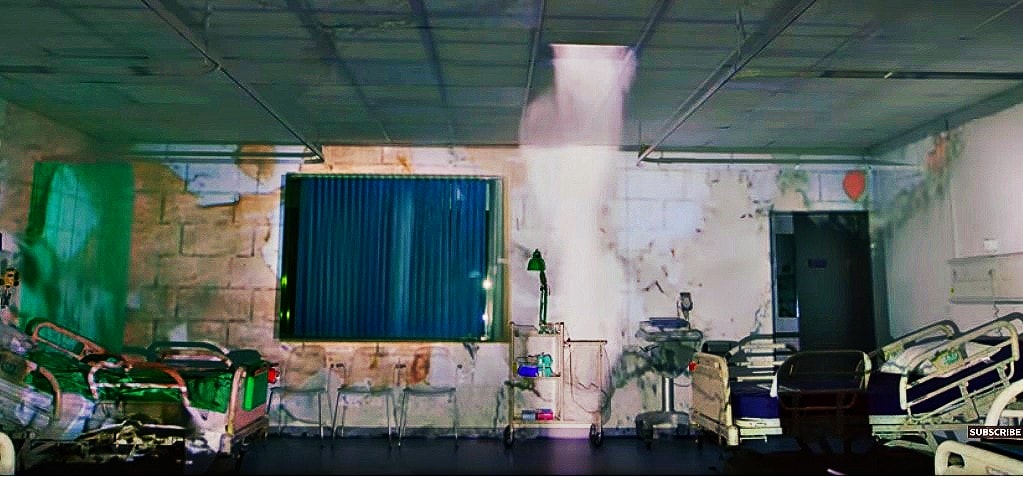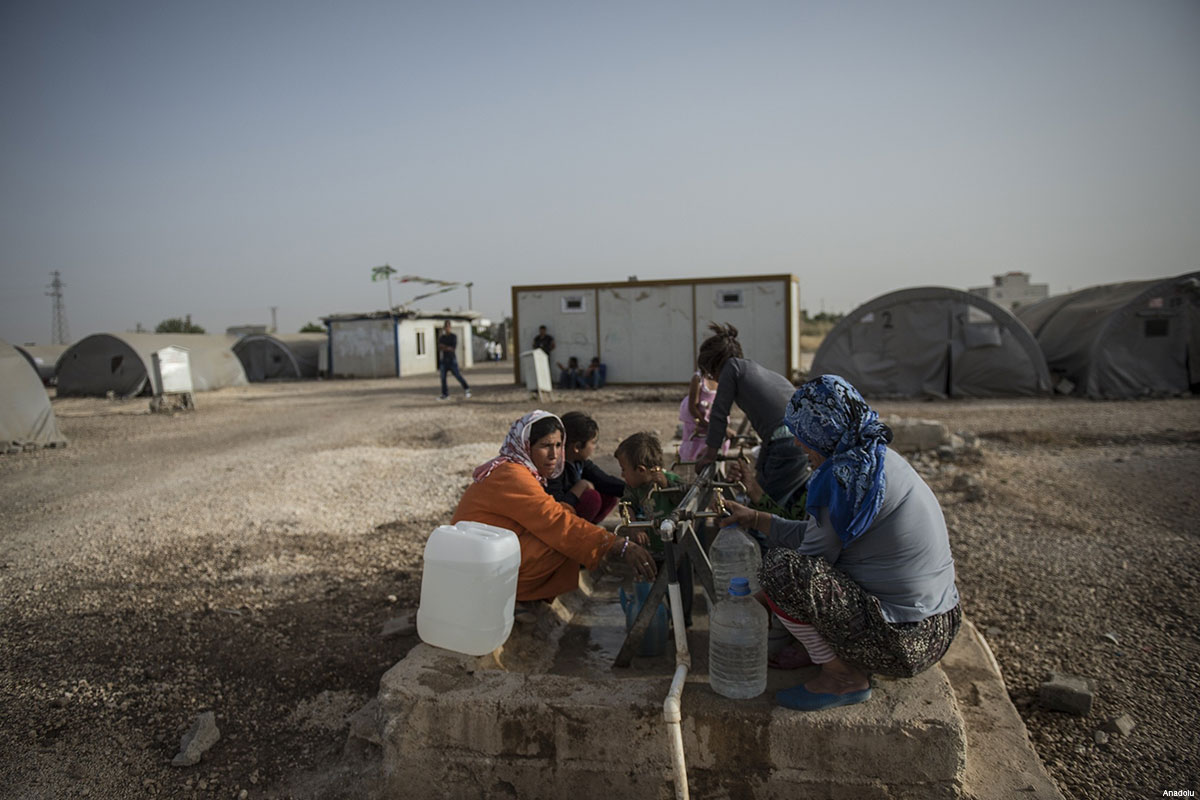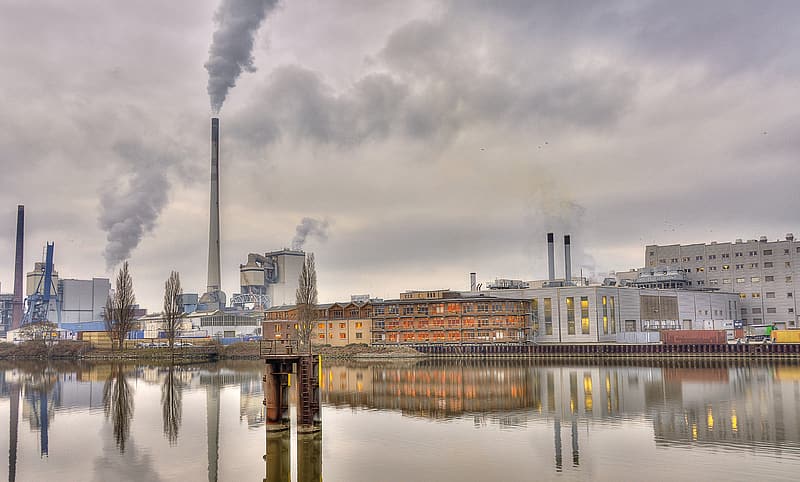We know that, through our terrible choices, we have caused degeneration of habitat and of species abundance all over the planet, but is regeneration something that human beings can actually do? Or is our work of environmental restoration a matter of setting the stage for natural regeneration?
When I was ten years old, I bought a light green lizard at the circus. It did quite well in our New York City apartment until I picked it up by the tail and the bottom half of its tail broke off. Though I was terribly contrite and felt it was curtains for my pet, to my absolute amazement the tail (eventually) grew back!
A few years ago, I followed a boardwalk through a mangrove swamp on Florida’s Sanibel Island. We had a guide, who explained the strange way the mahogany-brown roots curved through the air into the water, forming intricate, upside-down basket habitats where crabs and fishes, clams and crustaceans, insects, birds, frogs, and snakes and found haven and nourishment. Not only do mangrove wetlands sustain species diversity: they stabilize carbon and form a coastal buffer against floods and hurricanes.
Our guide said that mangrove swamps are being eradicated all over the world for development, though people who understand their ecological value are resisting.
In Ocean Country: One Woman’s Voyage from Peril to Hope in Her Quest to Save the Seas, ocean conservationist Liz Cunningham tells about tallying reseeded mangroves on an abandoned development site in the South Caicos Islands. “There on that artificial island created out of pillaged ocean, in the new roots pushing out leaves, I saw for myself each instance of life’s resurgence…they were literally reforesting coastal marine habitats.” She is a member of the Global Mangrove Alliance that seeks to bring together NGOs, governments, scientists, industry, local communities, and funders towards a common goal of conserving and restoring mangrove ecosystems.
My lizard and Liz Cunningham’s mangroves undergo regeneration – the lizard’s tail grows back on its own, from its internal regenerative processes; the mangroves are enabled to regenerate (naturally) through human intervention (the gathering and planting of seed pods).
In restitution for habitat degeneration that we caused in the first place, we are setting the stage for biological regeneration to happen. Regeneration itself, however, is a process that human beings cannot do but only enable.
Take, for example, the heartening story of the Shoshone Tribe and the bison of their Wind River Reservation in Montana. When the tribe’s historical territory was seized by white settlers, the bison vanished through their slaughter of the bison and degradation of their natural habitat.
Recently, when the land was returned to the Shoshone, they were eager to restore the bison that had been central to their traditional sustenance and spiritual balance.
As Jason Baldes, a representative for the Eastern Shoshone Tribal Buffalo Restoration program explains, “the goal is to establish 1,000 buffalo as free-ranging on the reservation. We’re really curious to see what the ecological changes are going to be over time because we know that buffalo, or bison, increase biodiversity as well as many other species such as amphibians and birds and arthropods, [and] bugs. And so we want to see what these changes are over time.”
Imagine their rejoicing when the Shoshone experienced “the birth of their first calf on May 3, 2017, 6 months to the day after buffalo first returned to the area after an absence of more than 130 years.”
Restoration not only allows the bison to regenerate but also returns their ecosystems to health and species abundance. Bison roam about and trample the earth. opening spaces for diverse plant growth, while their dung enriches the soil to regenerate prairies and grasslands.
As in the Mangrove project, human beings intervene to restore a keystone element of an ecosystem we have degenerated, so it can regenerate according to intrinsic biological processes.
I am always surprised at how widespread the coalitions are that work on such projects: “The return of bison to Wind River is the culmination of more than 40 years of collaboration by the Eastern Shoshone Tribe and National Wildlife Federation’s Tribal Partnership Program in conjunction with the U.S. Fish and Wildlife Service.”
In Pastoral Song: A Farmer’s Journey, published last year, English Lake District Farmer James Rebanks tells how his grandfather taught him traditional farming methods while grousing about the industrial agriculture that neighboring farmers were taking up. Though his grandfather sticks to his methods, Rebanks’ father is overwhelmed by the economics of modern agricultural practice. No one in the family knows anything about the science underlying traditional or modern methods: “If you had asked my father or grandfather or me, what soil actually was, or how its ‘microbial life’ worked,” admits Rebanks, “you would have been met with blank looks.”
That is why, when he takes over the farm, James and his son Isaac decide to explore more sustainable farming:
“Isaac and I learned about soil together… from our friend who teaches ‘regenerative agriculture’. She taught us some simple things in our fields. She dug, with a spade, six-inch squares of soil and we counted how many worms were in each. This showed us how much healthier the soil was in some places than others, and we discussed how our past farming had created these differences.”
Rebanks modifies his animal grazing “to mimic wild herbivore behavior with sudden bursts of mobbed grazing, which tramples the grass and dots it with shit, piss, and saliva. It looks trashed, with wasted grass trampled down, but it is soil heaven. Dung beetles, worms, and countless other creatures start to take the leaves and herbivore muck (which is also full of condensed and partly digested plant matter) back into the ground.”
With their new (old) farming practices, Rebanks and his son set the conditions for their soil to regenerate. Not only does it become far more sustainable for their crops, it helps sustain the planet itself by keeping carbon in the ground.
The role of human agency
Paul Hawken, whose pioneering Drawdown: The Most Comprehensive Plan Ever Proposed to Reverse Global Warming (2017) listed 100 can-do projects for lowering our carbon count (my favorite was reducing methane from cow burps and farts by blending seaweed into their diet), extends his catalog of environmental solutions in his new book on Regeneration: Ending the Climate Crisis in One Generation published last year.
Hawken acknowledges that global warming results from our putting too much carbon into the atmosphere, and his hope is that we can devise ways to get it down again. In other words, he wants to harness human agency in order to reverse bad choices that caused the degeneration of ecosystems in the first place.
He puts special emphasis on homo sapiens’ gift for thinking things through and devising ways to solve problems: “Regeneration is a radical new approach to the climate crisis, one that weaves justice, climate, biodiversity and human dignity into a seamless tapestry of action, policy, and transformation that can end the climate crisis in one generation.” (bold added)
While I take an energizing hopefulness from Hawken’s can-do pragmatism, I have a quibble with his definition of regeneration as something human beings do. “Regeneration,” writes Hawken, “is what we do as living beings, as a species of life on the planet. We regenerate ourselves, by taking in air, water, or food. We care for our children. We do it with our pets, do it with our garden. We care for others. We regenerate in our synagogue, church, or temple.”
My disagreement with Hawken on this point is perhaps merely semantic, but I feel it important to define regeneration as a natural process that cannot be willed by humans
I take these are activities as preparing the ground so that regeneration can be allowed to happen. When I cut my finger, I apply the disinfectant and dressing that modern medicine provides, but then I wait for my body to regenerate itself. My lizard’s tail grew back on its own, as did the Mangroves and Bison ecosystems once the mangroves and bison were restored.
Nature, in my understanding, is an intricate web of interdependent processes and phenomena of which we humans are but one puny and, at this historical moment, destructive element. Our agency, our ability to make decisions and devise technologies, springs from a unique cognitive capacity that is just as likely to make choices that lead to degenerative as to regenerative outcomes.
A term that fits the case: Assisted natural regeneration
In a collaborative article, writers from the World Resources Institute use a term I think better fits my case: Assisted Natural Regeneration, which they define as “ a blend of active planting and passive restoration, where local people intervene to help trees and native vegetation naturally recover by eliminating barriers and threats to their growth, leaning on their knowledge of the land and on ancestral traditions.” (bold added)
In one interesting application of this concept, Sadie Baker-Wacks describes how dependence on cotton “grown for the fast fashion industry is notoriously harmful, involving chemical inputs in the form of pesticides and artificial dyes, and little to no safeguards to prevent them from polluting the environment and its adjacent communities.” She proposes switching cotton sourcing to farms like James Rebanks’ “because the global fashion industry is so large, sourcing raw materials from farms that use regenerative agriculture practices has the potential to make a positive impact on the environment.”
Local examples: Is regeneration going on near you?
Taking action that leads to regeneration creates a hopefulness that lifts us out of our global warming doldrums, a psychological effect evident in Liz Cunningham’s mangrove restoration, Hawken’s can-do catalogs, Redmans’ soil improvement, the Shoshone’s restoration of bison, and Baker-Wacks’ cotton-growing reforms.
Are there any projects like these going on near you?
I live in the Detroit Metropolitan area of Michigan. The City of Detroit has been losing population for decades, with fields of abandoned houses falling in on themselves and empty lots where stores and factories once stood. For Detroiters who can’t afford cars, the only groceries available are snacks at liquor stores or corner groceries that do not stock fresh produce.
In 2011, two students from Michigan State University, Tyson Gersh and Darin McLeskey funded an $80,000 purchase of a “distressed property” in Detroit’s North End. Their goal was to “ameliorate nutrition deficiencies in an area known as a ‘nutritional or food desert,’ in the sense that the only nearby places to buy food do not carry fresh produce and nutritious food. . . . This space is heavily themed by ‘adaptive reuse of the built environment in which we are hoping to demonstrate everything from best practices for sustainable urban agriculture, effective strategies for increasing food security, cost-competitive and scalable models for blight deconstruction, and Innovation in Blue and Green infrastructure.”
Like most projects assisting environmental regeneration, the Michigan Urban Farming Initiative relies on people turning up and helping: Over the years, as a result of “10,000 volunteers who have engaged in over 100,000 hours of volunteer service MUFI has been able to grow and distribute over 50,000 pounds of produce (grown using organic methods) to over 2,000 households within 2-square miles at no cost to the recipients.” This large operation is managed by Quan Blunt, a master gardener who plans what is to be grown and oversees distribution. Mitch Albom reports on the initiative and shows how they’re growing food to feed the community, as shown in the video in an article published by Click on Detroit (click here).
Clearly, it isn’t only the soil, but an urban community ecosystem, that has regenerated.
The area of Michigan where I live was once the homeland of the Three Tribes Confederacy, comprising the Ojibwa, Odawa, and Potawatomi. The Ojibway (also known as Chippewa) were sustained by the rich fisheries of the Great Lakes and by wetlands where wild rice grew in abundance. “Oral tradition says a prophecy was fulfilled when the Anishinaabeg—also known as Chippewa and Ojibwe people—left their East Coast home and found abundant wild rice growing in Lake Superior’s wetlands. Wild rice, known as manoomin, is one of the first foods the Anishinaabeg feed their babies and a traditional dish for funeral mourners.”
Native Americans understand nature as vastly more powerful than human beings who, in deep respect, must seek alignment with its processes. Natural entities are not objects to use but beings to respect and to learn from. (see my Impakter article on Scientific Animism).
While Lakeside property owners consider wild rice an eyesore and developers eradicate wetlands for building, the Great Lakes tribes want to restore their historically harmonious relationship to rice.
In Manoomin, The Story of Wild Rice in Michigan, Barbara J. Barton tells how a coalition of governmental agencies, tribes, and local communities tries to protect the Manoomin from these encroachments.
“We have a state wild rice initiative made up of 12 tribes and state agencies to protect it,” she writes. “Our efforts will help, but available habitat and people finding it a nuisance remain a challenge. We are working heavily to teach people to appreciate it.”
A surprising number of groups, some historical enemies, have come together as stakeholders in this effort, including “specialists and managers from all twelve federally-recognized tribes, multiple state departments and federal agencies, and others to share information, coordinate approaches, and elevate awareness about wild rice conservation and restoration.”
The other day, in an answer to my query about their role in rice wetlands restoration, I received a friendly and informative letter from an official at the National Oceanographic and Atmospheric Administration (NOAA) about how they have joined a number of “tribal partners” to map wetlands in Lake Superior, Lake Michigan, and Lake Huron.
How can I give way to environmental despair when the United States Government, which has broken treaty after treaty with Native American tribes, kidnapped and assimilated their children in an effort to eradicate entire cultures, and committed outright genocide against them, has come forward as a respectful partner in their effort to protect one of their traditional, much-revered food sources?
And did you know that Debra Anne Haaland, a Laguna Pueblo Indian, is now United States Secretary of the Interior, the department whose notorious Bureau of Indian Affairs rained down misery upon Native American tribes for centuries?
Indeed, there is hope.
Editor’s Note: The opinions expressed here by Impakter.com columnists are their own, not those of Impakter.com. — In the Featured Photo: Bisons featured on WWF website: In the Northern Great Plains, WWF is partnering with tribal nations and other conservation interests to ensure that large herds of this iconic North American mammal can thrive. Click here for the “adopt a bison” program














